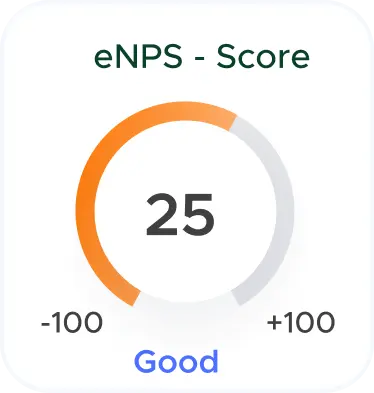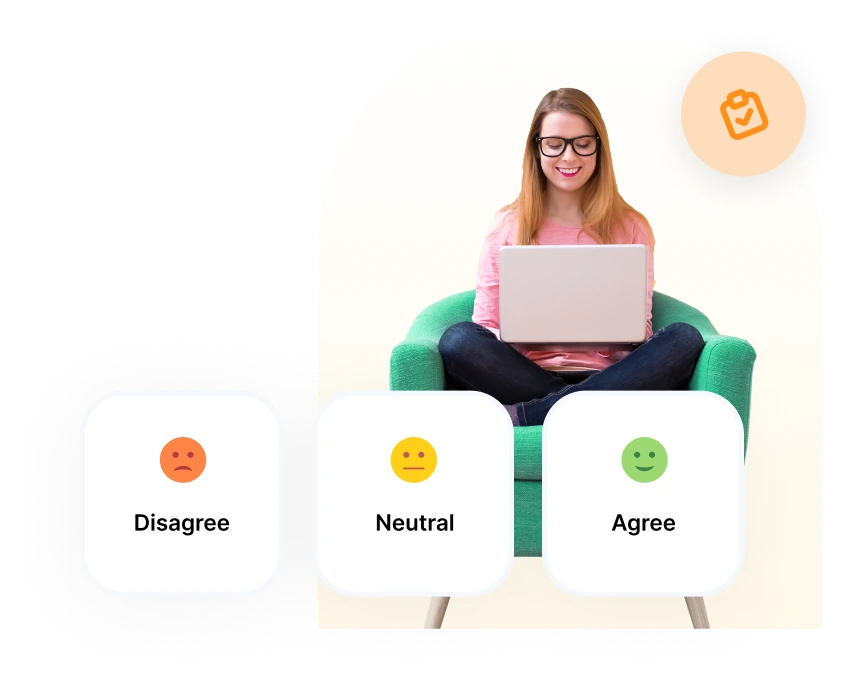How can employees earn cash back rewards?
Here are some common ways employees can earn cash back rewards:
1. Credit card rewards
Some employers offer corporate credit cards that accrue cash back rewards on purchases made by employees. Employees can earn cash back on their business-related expenses such as travel, dining, office supplies, and more.
2. Employee benefit programs
Employers may partner with banks or financial institutions to offer employee benefit programs that include cash back rewards. These programs might offer cash back on everyday purchases such as groceries, gas, and shopping.
3. Employee incentive programs
Companies may implement incentive programs where employees earn cash back rewards for achieving specific goals or targets. This could include meeting sales targets, exceeding performance metrics, or participating in wellness programs.
4. Employee purchase programs
Some employers provide employee purchase programs where employees can earn cash back rewards on purchases made through designated vendors or retailers. These programs often offer discounts or cash back incentives as a perk of employment.
5. Expense management systems
Employers may use expense management systems that allow employees to earn cash back rewards on business expenses submitted through the platform. Cash back rewards may be earned based on certain spending thresholds or categories.
6. Employee referral programs
Companies sometimes offer cash back rewards to employees who refer new hires to the company. Employees may receive a cash bonus or cash back incentive once the referred candidate is hired and meets certain criteria.
7. Health and wellness programs
Employers focused on employee well-being may offer cash back rewards for participating in health and wellness activities such as fitness challenges, smoking cessation programs, or preventive health screenings.
8. Work-related travel
For employees who frequently travel for work, some employers offer cash back rewards on travel-related expenses such as flights, hotels, and rental cars. These rewards can be earned through corporate travel programs or designated travel booking platforms.

.svg)













.svg)



.svg)
.svg)